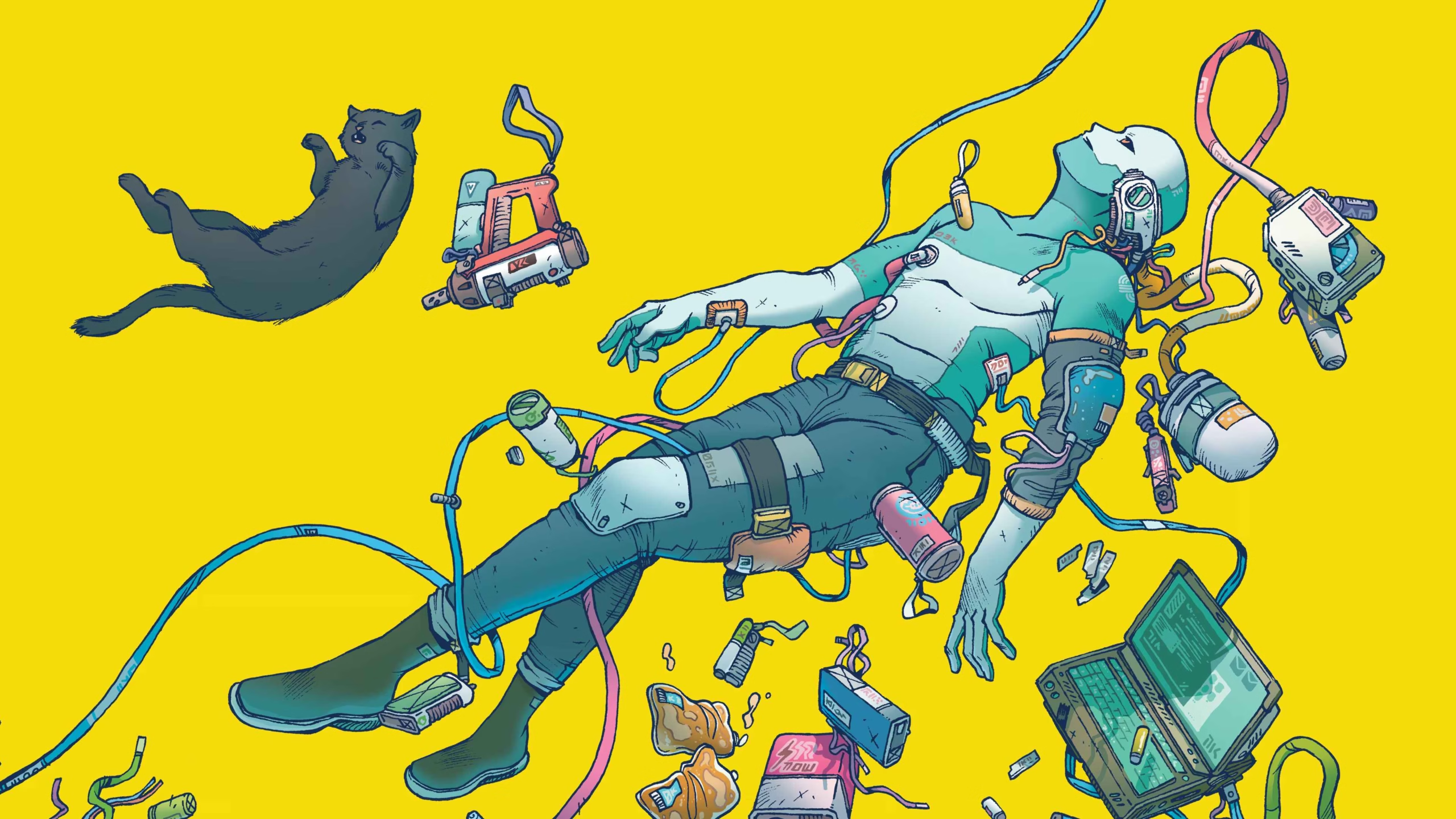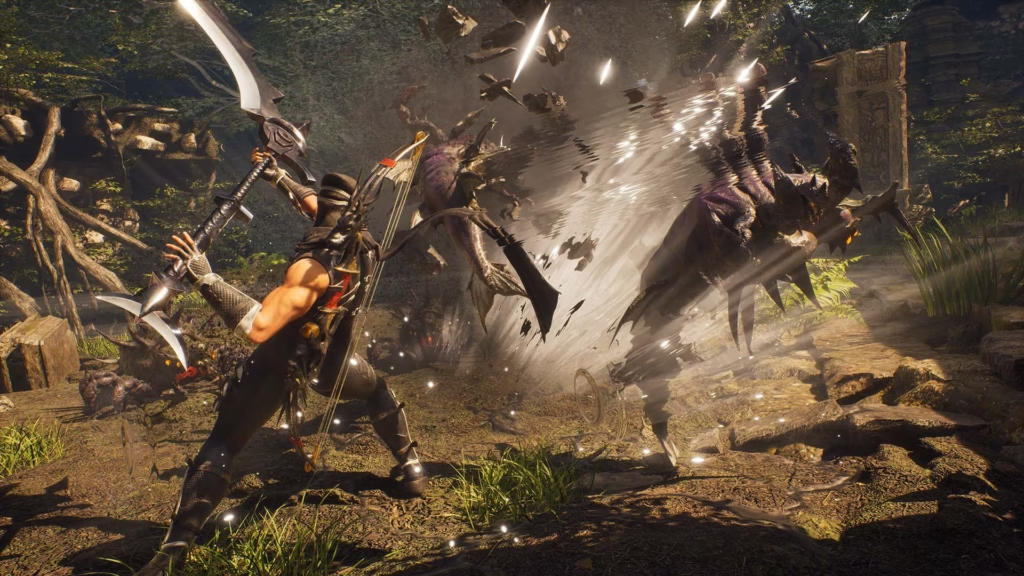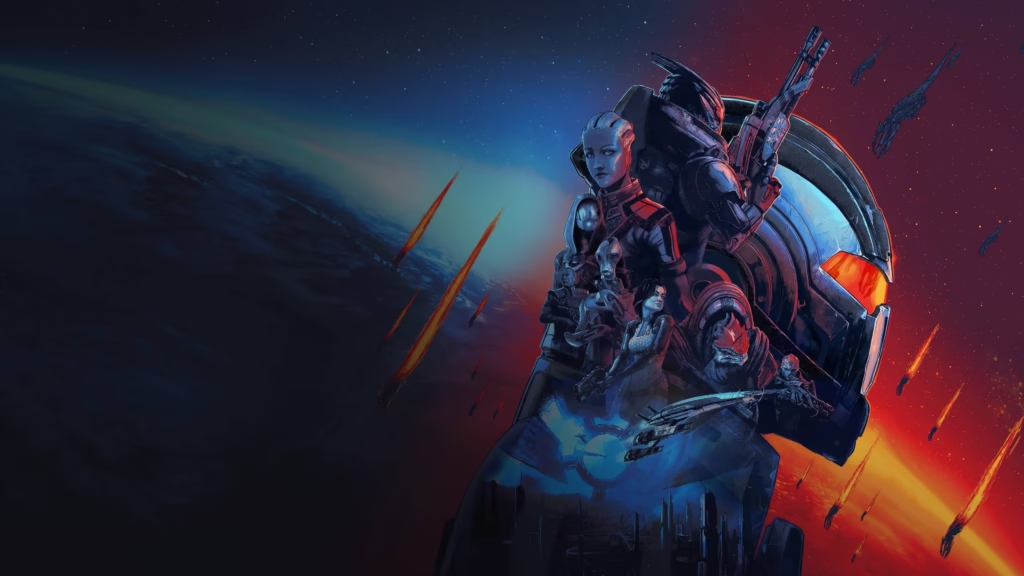The original Citizen Sleeper was a pathbreaking game in terms of expressing a wide gamut of emotions and states of being via the most minimalist form. Even its most moving side stories were built on nothing but solid writing — the game is a text-based RPG after all. Now, nearly three years since the launch of the original game, Jump Over the Age (a one-person game development studio) is back with the sequel Citizen Sleeper 2: Starward Vector. And as the headline suggests, it builds on its predecessor in every conceivable way.
In order for me to express myself about the 2025 title, a bit of background on the first game is in order. You play a Sleeper (known throughout the game simply as ‘Sleeper’), a unique form of artificial life that blurs the line between human and machine. These entities are at the heart of the game’s dystopian sci-fi narrative, embodying themes of identity, exploitation, and survival in a capitalist future. Over the course of the game, you use a combination of dice management (only five dice rolls per cycle) and choices/dialogue options to guide Sleeper through all sorts of situations in and around Erlin’s Eye, a space station.
Skills can be levelled up over time so as to provide (in theory, at least) better bang for your buck dice roll as you progress through the simultaneously riveting and relaxed story. Over time, the game saw three DLC chapters launched, but I haven’t been able to get around to them yet. I was hoping to do so before the arrival of the sequel, but the thing about time is it sneaks past you just when you’re not looking. And now, it’s time for Citizen Sleeper 2: Starward Vector. That set of DLC will have to wait.
A second coming
Much like the original game, this one starts off asking you to select your sleeper’s build: Machinist (roughly, a mage), Operator (seemingly a rogue in this world) and Extractor (the tank, by process of elimination). Much as in the first game, you are awoken from your slumber in a state of confusion and an inability to identify your surroundings. But that’s where the similarities end, because while the first game had you gently stirring awake, the return to consciousness is a lot more jarring this time around. And off you go on this new Sleeper’s adventure.
It becomes apparent shortly into the game that unlike those of its predecessor, the activities in Citizen Sleeper 2: Starward Vector — something that the name actually makes amply clear — aren’t restricted to one space station. There are at least a dozen different areas (ranging from space stations to abandoned craft and debris fields) to explore. Each of which are sprinkled with interesting and wonderfully-written characters, useful tasks (especially in terms of generating cryo, the in-game currency, and resources) and intriguing subplots.
There is less of a linear flow to events this time around since the game gives you the freedom to explore the Starward Belt (an asteroid cluster across which all the action takes place), and take on quests in whatever order you choose. And this is where one of the most important new features comes in: The contract system. A variety of fairly risk-laden tasks are available to Sleeper at different areas on the Belt in exchange for cryo, resources or both. Once locked into a contract, you are unable to rest, heal or recover until its completion (or until you fail it).
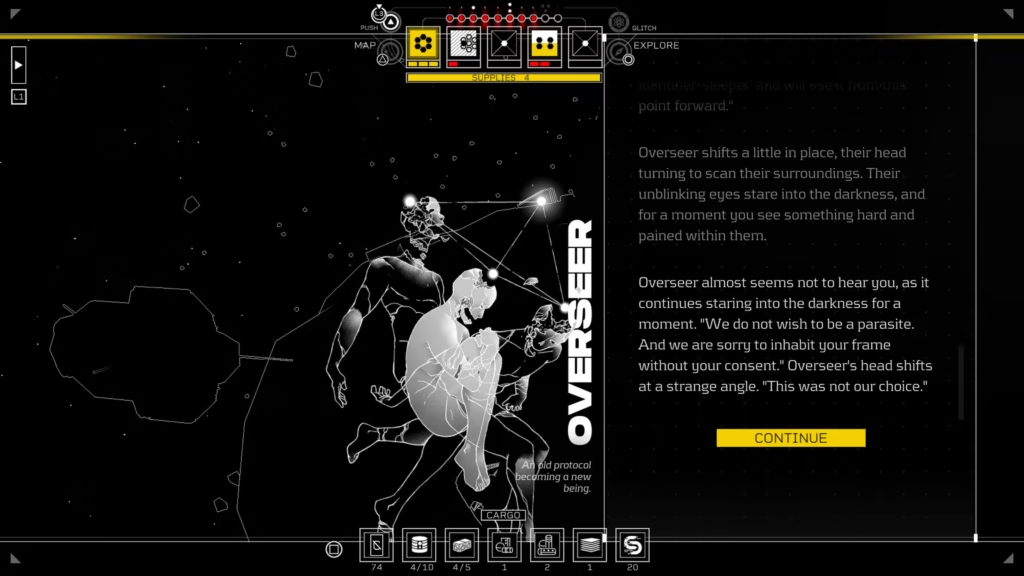
This is as good a time as any to quickly run through the significant changes that’ve been rung in this time around. Aside from contracts, solo developer Gareth Damian Martin has tossed out the game’s original physical condition and depletion systems with a new stress system. In essence, adverse events and general fatigue lead to a stress buildup that can lead to low dice rolls. Speaking of which, each die now has its own health bar that can get damaged (rendering the die useless) if stress levels are too high.
The sequel also features something known as ‘push’ abilities that can be unlocked to aid your dice rolls in tricky situations. Using these tactically can, in theory, help you turn around tricky situations where you’ve got a poor dice roll, high stress, damaged dice and so on. The fourth major change is that you now have a ship and crew at your command. Provided you keep fuel and supply levels healthy, you can travel all over the map and deploy your choice of crew mates on different missions/contracts.
And finally, there’s the narrative approached espoused here. While the storytelling in Citizen Sleeper felt like one grand narrative with small divergences, Citizen Sleeper 2: Starward Vector is a far more modular and episodic affair. There doesn’t appear to be a set story arc per se and you can build out your own story based on where you decide to go and how you choose to engage with the tasks/locations there. I was griping in an earlier piece (see here) about how the lack of continuity between narrative modules in Road 96 got my goat. So in contrast, Gareth appears to have done a fabulous job in ensuring a perfect flow between sections in this game.
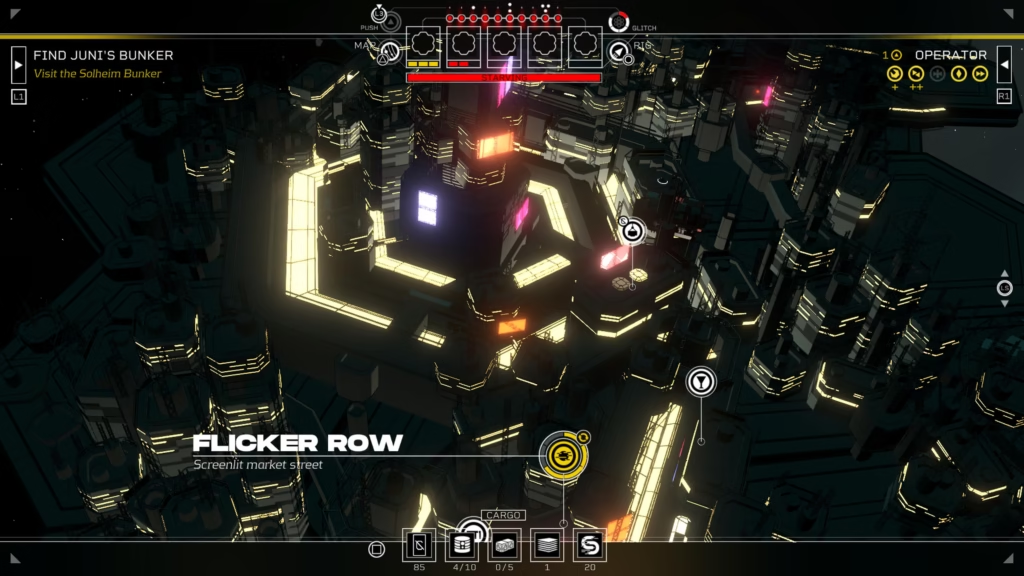
Too much of a good thing?
As someone who has been tracking the development of Citizen Sleeper 2: Starward Vector closely, I was eagerly awaiting the new features and the expanded scope and scale of the game. Having now completed three playthroughs — once each as each of the different classes — that had vastly different run-times, I’m not sure how beneficial all these changes have been to the overall experience.
It’s worth pointing out, however, that the new narrative structure is a winner and it made me feel like I was playing a reasonably different story every time. This, it goes without saying, greatly boosts replayability. I also found the writing to be absolutely delightful. In hindsight, and though the first game was reasonably text-heavy, it feels like it may have been a rather more restrained effort. This time, Gareth appears far more confident in the power and magic of his prose and has let rip with some fabulous lines.
“The reboot comes on slow, an icy seeping into your mind. Little pieces of you flake off in the flow. Fading with distance.” This is just one of the little gems with which Citizen Sleeper 2: Starward Vector is replete. The courtesy of this writing effort is also extended to the characters, whose respective motivations and pathos have been given life in the most lyrical way.
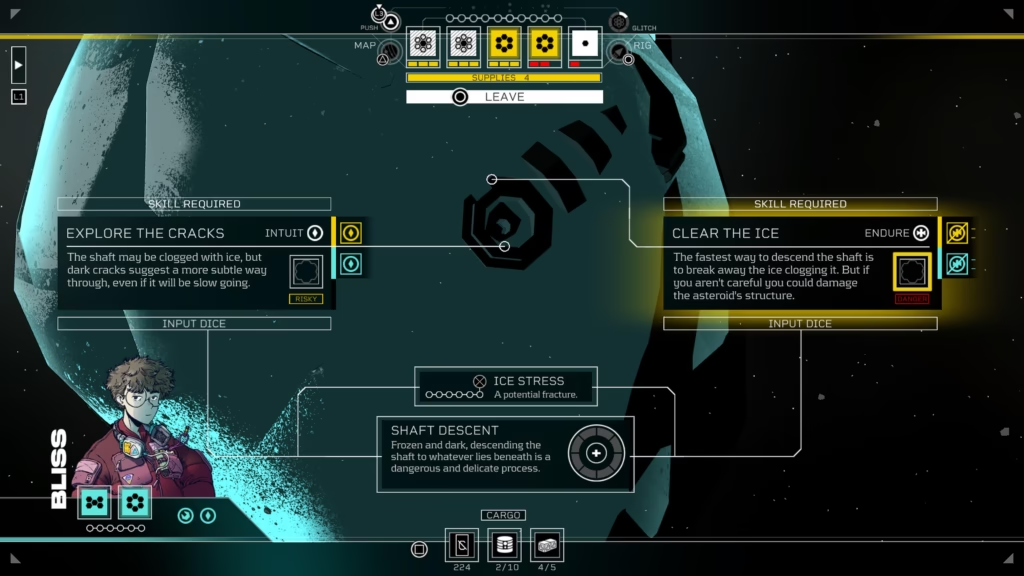
Unfortunately, when I wasn’t ensconced in the writing and eagerly absorbing every bit of lore about the Helion System (at the edge of which the Belt lies), I was dealing with the pesky ‘survival’ nature of Citizen Sleeper 2: Skyward Vector. To be clear, I’m not opposed to survival mechanics that include ensuring my character is hydrated, fed, rested, repaired/healed (when required) and managing all their inventory like a champ. I don’t mind doing all that for a game that requires it, and it is my opinion that this particular game did not require that level of survival gameplay.
Let’s start with the stress system. From my first playthrough to the third, I found it at odds with what I believed to be the spirit of the Citizen Sleeper franchise, which is to experience and live the story. The insertion of factors like stress and dice health that have to be constantly monitored meant a lot of my focus and attention went towards frankly quite administrative tasks. And so, instead of being able to appreciate the nuanced manner in which Sleeper grows into his relationships with other characters, I was busy making sure I had enough scrap to fix dice when they inevitably got damaged.
Onto the ‘push’ abilities, and I must admit that they were interesting to mess around with, but rarely critical to my experience. They also didn’t alleviate any of the unwelcome tension of resource-management and tracking stress levels. That said, I enjoyed the fact that the game forces the player to prepare or else make do with whatever they have at their disposal when embarking on a contract. This does lend a bit of risk and urgency to proceedings — which is great for that particular part of the game. I just wish the attention to stress levels, dice health and resource-management had been limited only to contracts.
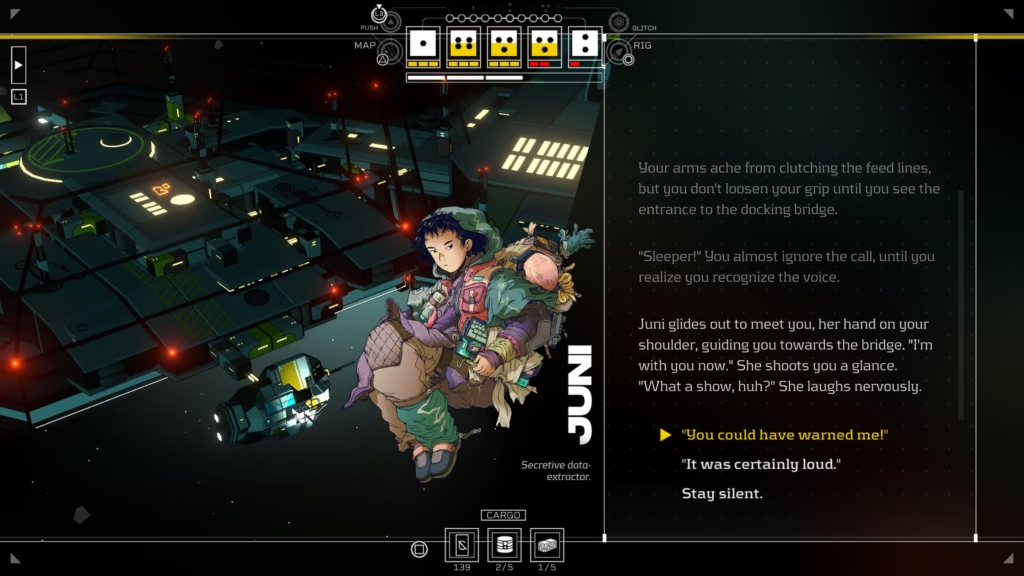
Don’t sleep on this one
If you’ve never played Citizen Sleeper, you won’t find it hard to get into the sequel. Tutorials are detailed enough without overstaying their respective welcomes and the learning curve is gentle. If, however, you’ve played the original, then you’re going to have a decent idea of what you’re getting into. Plus, you’ll probably find the warm embrace of familiarity in the form of the art and music, and a handful of returning characters quite comforting.
The first edition was my game of the year in 2022. And although the just-launched Citizen Sleeper 2: Starward Vector is a far more polished experience that operates on a much larger scale, it trades in some of the heart and soul of the original for gameplay. This is a tradeoff that can work with some games and it may work for you with this one, but for me, it felt a bit like overegging the most delectable cake. This is not to suggest that it’s a bad game — not in the slightest. But I did feel it constituted a case of tinkering too much with something that didn’t need it. As they say, “If it ain’t broke…”
In conclusion, amidst the maelstrom of all the big-budget blockbusters, plucky indies and those caught somewhere in between, Citizen Sleeper 2: Starward Vector cuts through the noise and delivers a must-play experience overall. You should probably play the games in the order in which they released, but if you’re strapped for time, this isn’t the worst place to start.
Game reviewed on PlayStation 5. Review code provided by publisher
